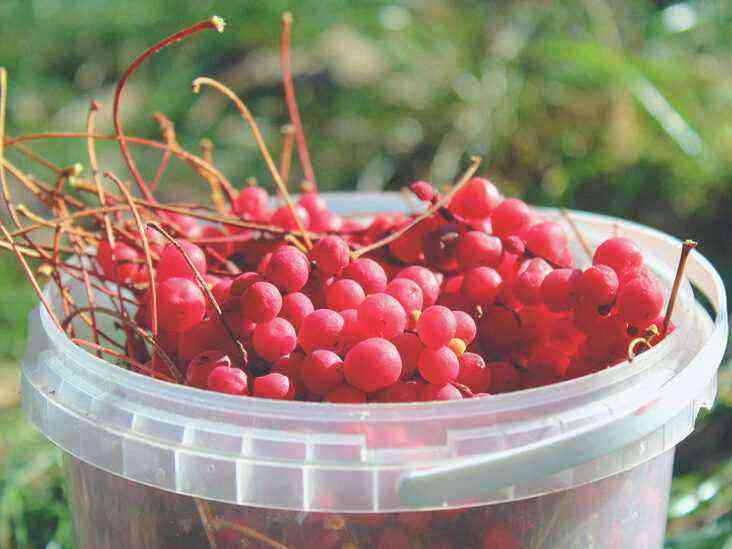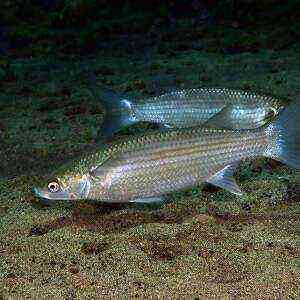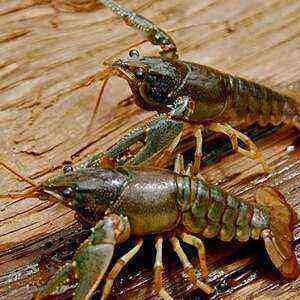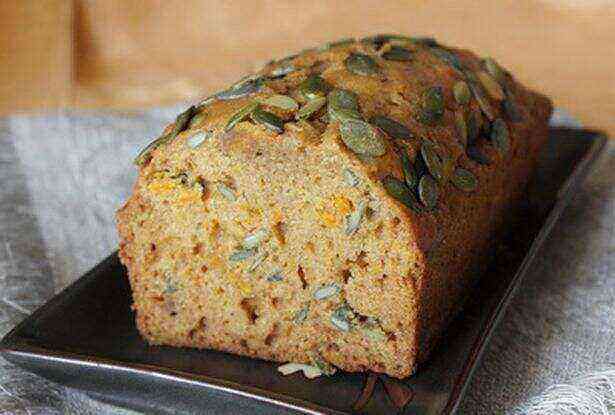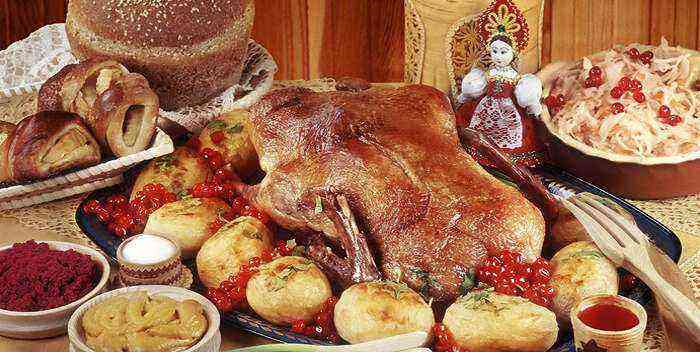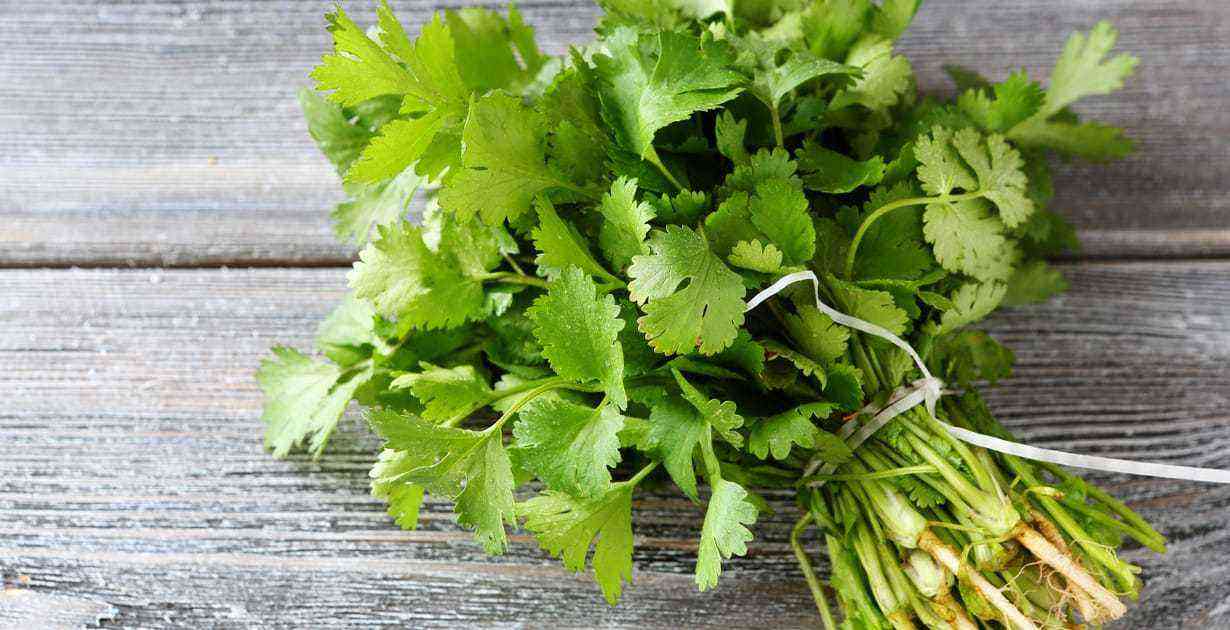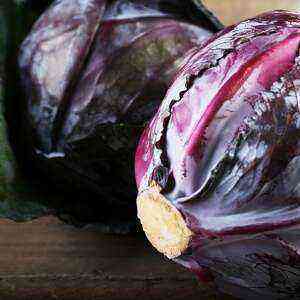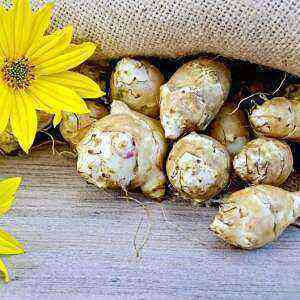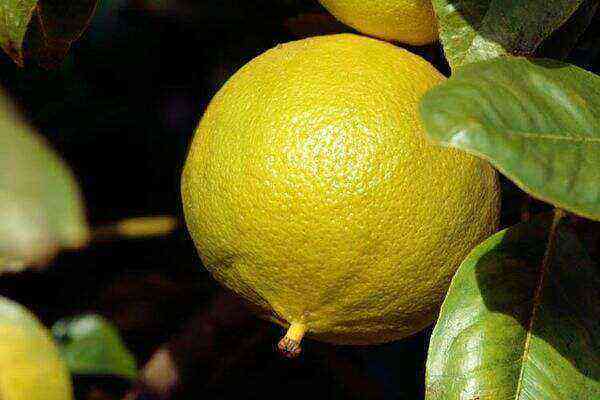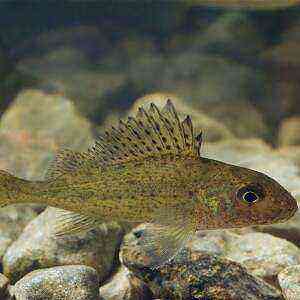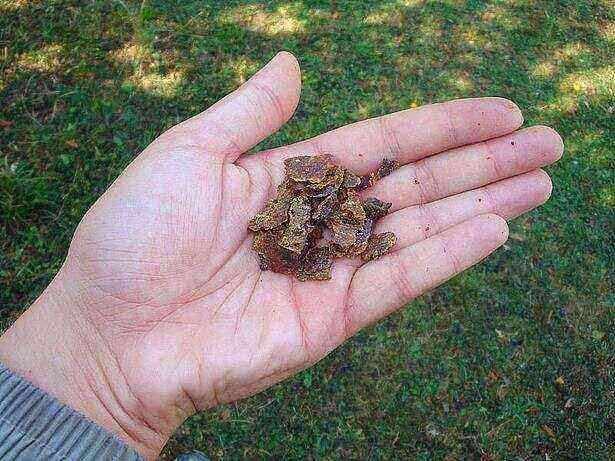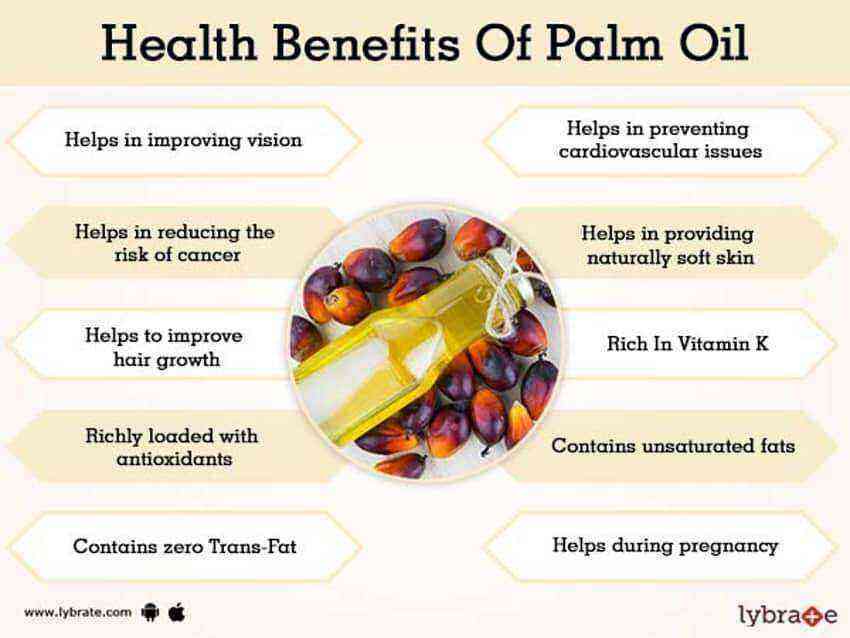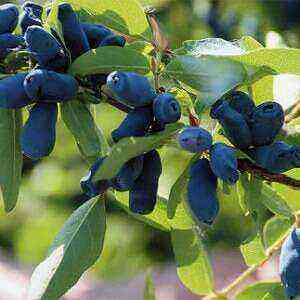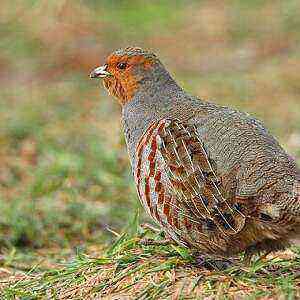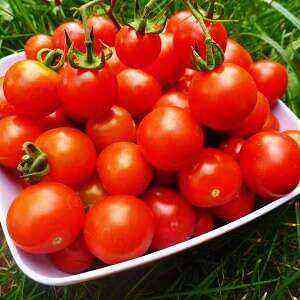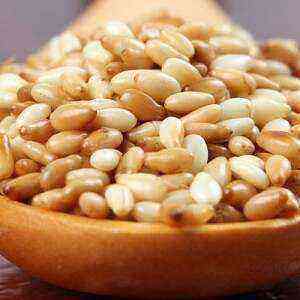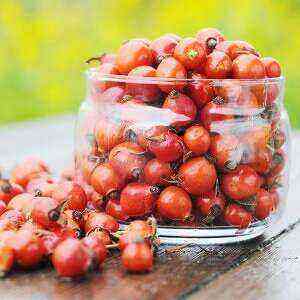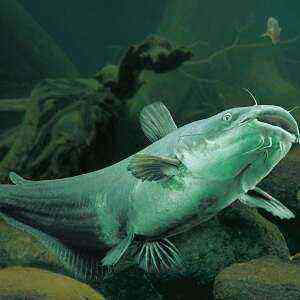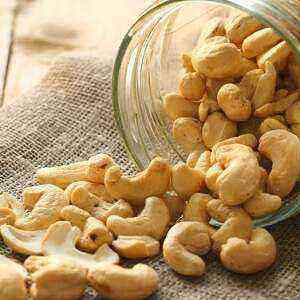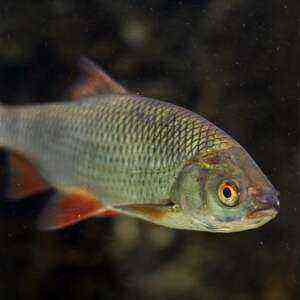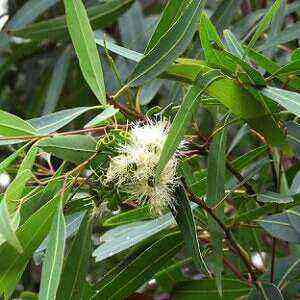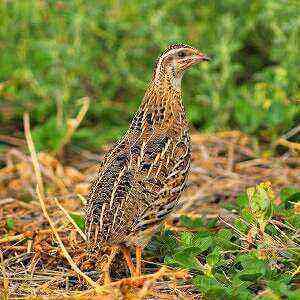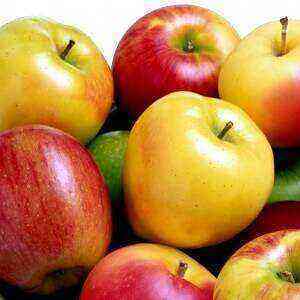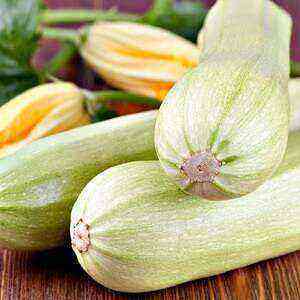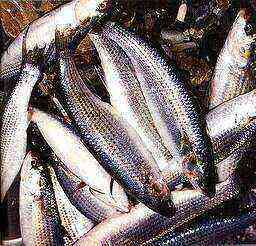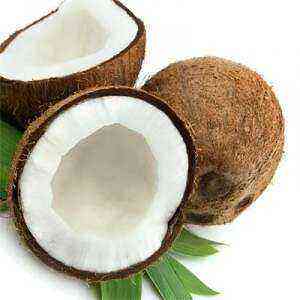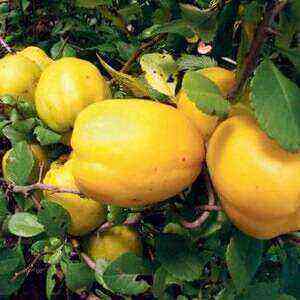
General characteristics
Henomeles is a perennial flowering tree from the Pink family. It grows well in latitudes with a temperate climate and does not tolerate severe frosts. The Greek word, from which the name of this culture actually comes from, translates as “chopped apple.” And although the fruits of the genomeles are edible, it is not customary to use them in their raw form.
Today in the world several hundred varieties of chamenomes are cultivated: from compact indoor, not reaching even a meter in height, to large 5-meter shrubs with or without fruits. The most well-known varieties of chaenomeles: Ch. Japonica (Japanese quince), Ch. Speciosa (quince beautiful, sweet or Chinese), a hybrid of the first two – Ch. x superba, Ch. maulei (quince low, or Mauleya), Ch. K. Schneid (Henomeles Katayan). The homeland of these plants are Japan, Korea and China.
A variety of henomeles x superba was bred by Japanese gardeners around the 16th century, and they only got to Europe by the 17th century. The species known as the Japanese was very popular in Europe of the Victorian era.
She was bred as an ornamental plant with fragrant flowers. According to the then-fashion, henomeles was growing near every house. In the spring, they delighted with beautiful flowers, in the summer with bright fruits, and in the fall with an interesting composition of multi-colored leaves. Many preferred to grow henomeles in the form of a hedge (besides the spines on the branches of some varieties created additional security).
By the way, the Japanese quince is grown as an ornamental plant, and not for the sake of the fruits, as soon as the bush blossoms, it is cut a little. This stimulates the growth of new branches and more intensive flowering next year. Interestingly, at different stages of development, flowers of some varieties of henomeles change color. Chaenomeles Cameo, for example, in the initial stage of flowering is pale green, then the flowers are painted in a soft peach tone, and then become rich orange.
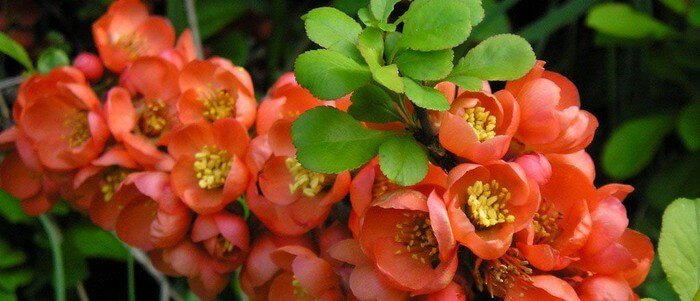
The fruits of chaenomeles taste like a usual quince – hard, tart and with a noticeable sourness. These pome fruits can be of various shapes and sizes: from miniature round fruits with a diameter of about 4 cm to ovoid fruits with a length of almost 15 cm.
Nutritious features of the fruit
Like most acidic fruits, the genomeles fruits contain many organic acids, including malic, tartaric, fumaric, and citric. These fruits are an excellent source of fiber and pectin, making them excellent for industrial processing. In the juice of ripe fruits, there are phenolic compounds with antioxidant properties, tannins, essential oils, terpenes, as well as many vitamins and minerals. Other active ingredients include saponins and flavonoids. Genomeles fruits contain some aromatic components found in apples, quinces and some citrus fruits.
Nutritional value at 100 g fresh fruit
Calories 68 kcal Proteins 0,4 g Fats 0,1 g Carbohydrates 18,3 g Fiber 8,9 g Vitamin A 11 mg Vitamin E 0,6 mg Vitamin C 25 mg Vitamin B1 0,01 mg Vitamin B2 0,03 mg Vitamin B3 0,3 mg Vitamin B5 0,31 mg Vitamin B6 0,04 mg Vitamin B9 0,31 mg Potassium 270 mg Sodium 2 mg Calcium 12 mg Magnesium 12 mg Phosphorus 17 mg Zinc 0,2 mg Copper 0,09 mg Manganese 0,05 , XNUMX mg
Chaenomeles in eastern medicine

In Japan, henomeles is also actively used for therapeutic purposes. As a rule, in the land of the rising sun, ripe fruits are picked and dried in the sun, and then healthy tea is made from them. Some mix fruits with honey and prepare medicinal syrup. The Japanese use these fruits to treat inflammatory processes in the joints and muscles. Syrups and decoctions help with respiratory diseases and seasonal colds. And the third most popular way to use Japanese quince is as a tonic natural remedy. In the East, a decoction of genomeles is drunk to strengthen immunity and improve health after a disease.
In ancient Japanese recipes, henomeles is referred to as a natural cough medicine that helps eliminate sputum from the lungs. Even today in Japan, cough is treated with gruel from fresh henomeles, chopped ginger and honey.
In addition, in the East, flowers and seeds of henomeles are used for medicinal purposes. A decoction or infusion of bright flowers of Japanese quince is useful for coughing, hypertension and atherosclerosis (the infusion is prepared from a teaspoon of flowers and half a liter of boiling water), and a mucous decoction is made from the seeds, which is useful to lubricate burns.
Medicinal properties of the Japanese quince: scientific data
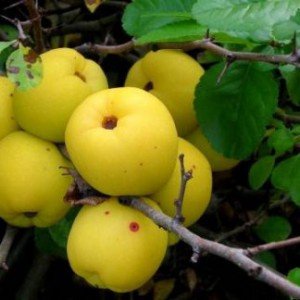
It turned out that the polyphenols contained in the Japanese quince, have anti-cancer properties. Laboratory experiments have shown that substances removed from chhenomeles are able to inhibit the growth of cancer cells, reduce the ability of healthy cells to mutate, and also neutralize substances that cause the formation of metastases. Best of all, henomeles extract has proven itself in the fight against breast and prostate cancer.
Triterpenes and sterols found in these fruits, as it turned out, effectively fight streptococcal infections, treat pharyngitis and rheumatism. These substances have not only anti-inflammatory properties, but also reduce swelling in the body. Researchers also found the use of Japanese quince for treating sore throat: the fruit contains substances that inhibit the activity of bacteria that cause throat disease.
An experiment in laboratory rats confirmed the effectiveness of the Japanese quince as an immunomodulating product. And scientists have scientifically confirmed the correct use of henomeles for the treatment of arthritis and rheumatism.
Scientists have also identified the most effective form of chamenomes to combat inflammation in the joints. This medicine turned out to be 10-percent alcohol infusion of Japanese quince.
Fruit extract not only relieves pain and swelling, but also slows the progression of the disease, and the anti-inflammatory effect on the joints gives a long-term effect.
The experiments of scientists have confirmed the use of henomeles for the treatment of the liver (including various types of hepatitis), getting rid of diarrhea and other stomach diseases. Researchers also found that this oriental exot is very useful for the treatment of nervous disorders, migraines, depression, stomach ulcers, and the fruits should be used to prevent Parkinson’s disease and lower cholesterol.
Fresh fruit gruel found its application in cosmetology. Such fruit masks are useful for toning the skin of the face, brightening freckles and age spots, moisturizing aging skin. Decoction of Japanese quince leaves contains large reserves of copper, and it is known to be the best element to prevent gray hair.
How to prepare
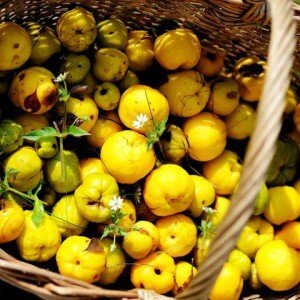
You can harvest them in different ways. As a rule, jams and jelly are made from fruits. Often for jam, Japanese quince is mixed with sweeter fruits, such as apples. It is not difficult to prepare canned henomeles. To do this, clean the fruit folded in jars, pour the syrup and sterilize. In addition, these exotic fruits can be dried. But first, ripe fruits are blanched, then cut into halves and dried only in this form.
In the food industry, henomeles fruits are used to make juices, wines, fruit purees, marmalades, jams and sweets. Japanese quince extract is added to ice cream, yogurt and other desserts. The stewed fruits of chhenomeles combine well with meat and poultry.
The Japanese love to make alcoholic drinks from the genomeles. This is usually a fruit, sugar, and alcohol liquor. According to the recipe, the fruits are cut into quarters and fill them with a liter jar. Then add half a glass of sugar (you can honey) and pour to the top with any alcoholic drink (vodka, wine). Insist in a dark room for 4 months. The result is an unusual drink with an incomparable taste and healing properties.
For centuries, henomeles remains one of the favorite fruits in the East. In our latitudes, it is quite difficult to harvest a Japanese quince. But if you create the necessary conditions for the plant, it will please not only with its lush color, but also with useful fruits. And for the sake of this you can and try to grow your own henomeles.
